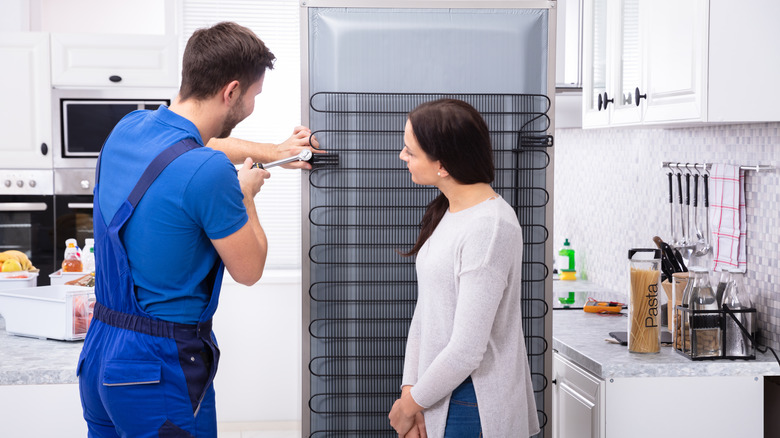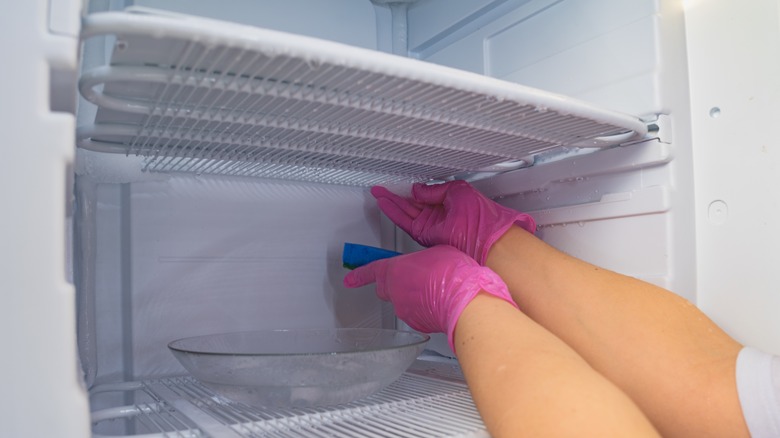Are You Remembering To Clean This Part Of Your Refrigerator Often Enough?
You probably already have a set schedule for cleaning your refrigerator, because as anyone with a fridge knows, when those things get dirty, it can be really gross and smelly. But did you know that there is more to cleaning your fridge than wiping up food spills and stains? Keeping the ventilation areas of your fridge clean and free of dust and obstruction can be crucial to your fridge functioning at its best.
Grime building up in your fridge vents can slow down your fridge's entire operating system and make it work much harder than it needs to. For optimal cooling and to extend your fridge's lifespan, make sure you are paying attention to its ventilation system. You don't want to end up in a situation where you may believe your fridge is functioning fine because it looks clean and sparkly, but in actuality, its vents are so clogged that it is struggling to keep your food cool. Plus, having clean vents will likely help you save a few dollars on your electricity bill as well.
The importance of refrigerator ventilation
You might not know this, but proper air flow through your fridge is essential to its core function, which is of course keeping your food at a temperature cold enough to maintain basic food safety. Without an adequate flow of cold air through your fridge, your fridge may develop pockets of warm spots, which can raise your fridge's overall temperature and make your food spoil faster.
To provide a basic crash course in fridge mechanics: The cold air that keeps your fridge cool is produced by your fridge's condenser coils, which are typically located at the back of your fridge where it meets the wall. As Twin Cities Appliance Service explains, your fridge's mechanical system will blow air over the condenser coils, which are pretty chilly and will cool the air down. The fridge then cycles the cold air into the fridge's interior through the refrigerator vent system.
In most models, the cold air goes directly into the freezer, where it will then flow into the fridge through additional vents, typically warming up enough on the way to not freeze the food in the main area of your fridge. In some models, a warmer version of air cooled by the condenser is pushed directly from the coils through vents and into your fridge, skipping the freezer portion entirely. Regardless of which method your fridge uses, though, vents free of clogs are a crucial component of proper fridge function.
How to clean your fridge's vents
First, you need to identify where exactly your refridgerator vents are located. Examine both your fridge and freezer areas closely — vents are typically located near the back or along the sides of your fridge compartments. Some vents are designed to run the length of your fridge so that, even if you stack up a bunch of frozen meal boxes or cans of soda against one part of the vent, the majority of the vent will remain unobstructed.
Once you have found your vents, clean them out. This process may be lengthy if you have never cleaned your vents before. You can use a vacuum cleaner's hose attachment to really get in there and suck out the grime. Freezer vents may be caked with ice, particularly if you live in a more humid environment, so it might be most effective to wipe those down with a cloth soaked in hot water to melt the ice away. Once you have cleared your vents out, make it a monthly habit to go into your fridge and wipe them down with a damp cloth. It will probably take you less than five minutes and dramatically improve your fridge's overall functioning.


